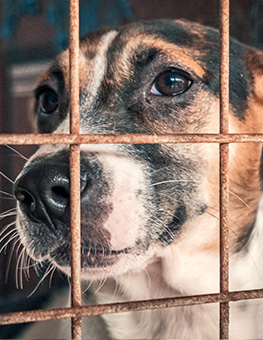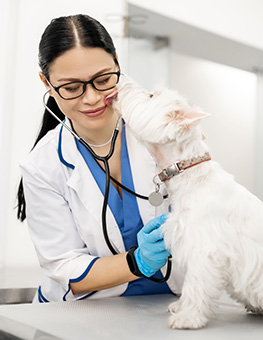How to handle your dog’s separation anxiety
After making the decision to adopt a dog, most new pet owners can leave their dogs at home on a regular basis without having to worry about what their companions will be up to while they're away.
However, for many new pet parents, it's a shock to find that some dogs may experience separation anxiety, which causes them to act out in unexpected ways when their owners are away.
Symptoms
According to the ASPCA, dogs with separation anxiety can exhibit a number of symptoms, including excessive barking and howling, attempts to escape, urinating or defecating around the house and finally chewing and trying to destroy furniture, belongings and other items. Not only can this be a shock to new pet owners, but this activity could also put the dog's life at risk.
Causes
Finding a solution to this problem is easier said than done, as animal health experts will have to get to the heart of why a dog is experiencing anxiety in the first place. According to Dog-Obedience-Training.com, the disorder can arise from a number of sources, such as a change in routine, a traumatic event in the past, moving into a new neighborhood and even becoming overly reliant on owners.
Treatment
Depending on the cause and severity of the disorder, pet parents can approach their dog's issues in a number of ways. First and foremost, they should do everything they can to promote safe and healthy environments for their dogs while they're away with pet beds, fresh water and food, toys and other forms of stimulation. Feeding the dog before leaving the house could help keep his or her mind off of your absence, as well as leaving the radio on during the day to give dogs comfort while you're gone.
In more advanced cases of separation anxiety, dog owners may want to consider additional obedience training to enhance your role as the "Alpha Dog" in the relationship, which can help dogs respect your need to come and go as you please. Other options include dropping the dog off at a doggy day care center, a family member's home, volunteering at a nursing home and other public outlets where the dog can be put into a social environment. As is the case with many of these disorders, results will vary greatly between dogs, but these tips could point dog owners in the right direction to find stability with their new companions.
This article is brought to you by the pet behavior experts at Hartz. When it comes to training your dog and cat, our knowledge and experience is guaranteed to make the process easy, smooth and fun!

















